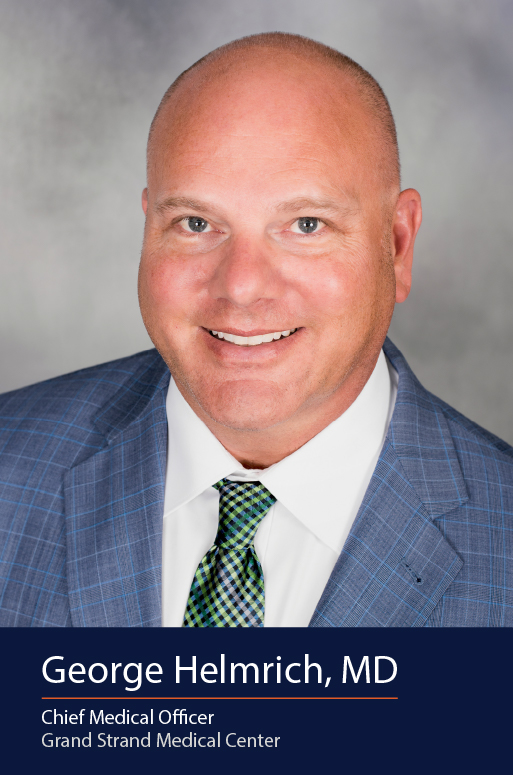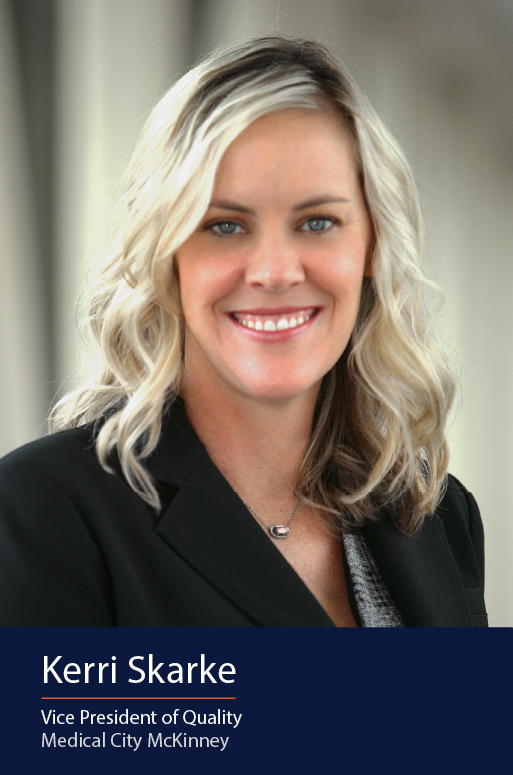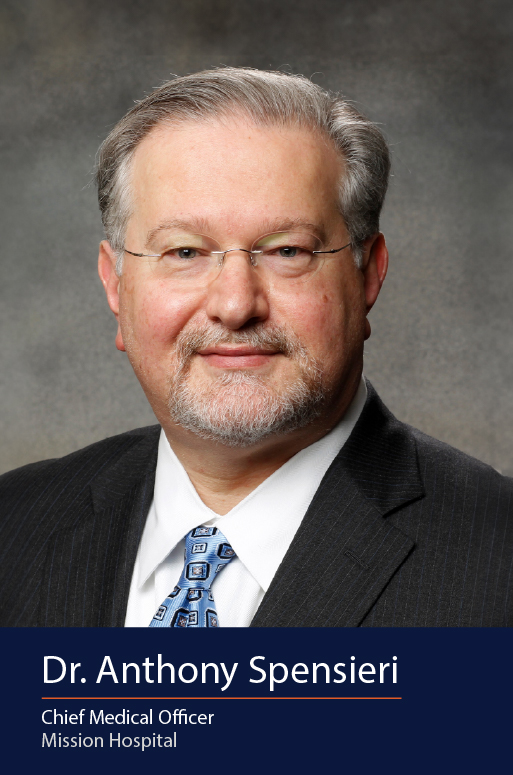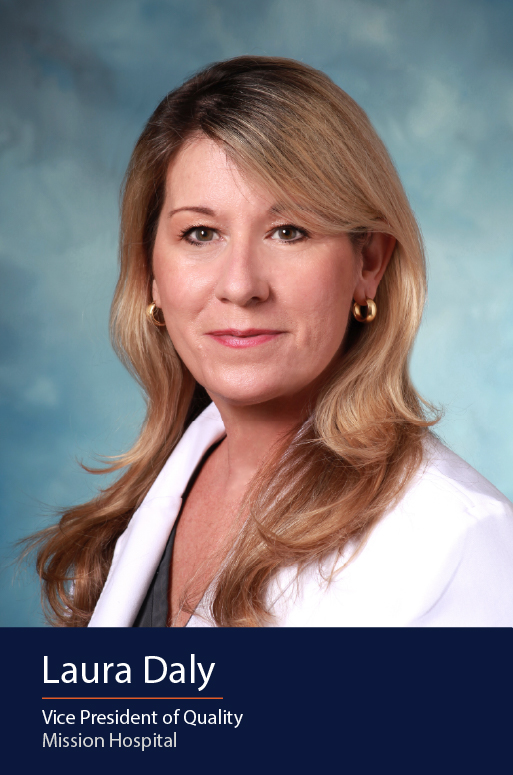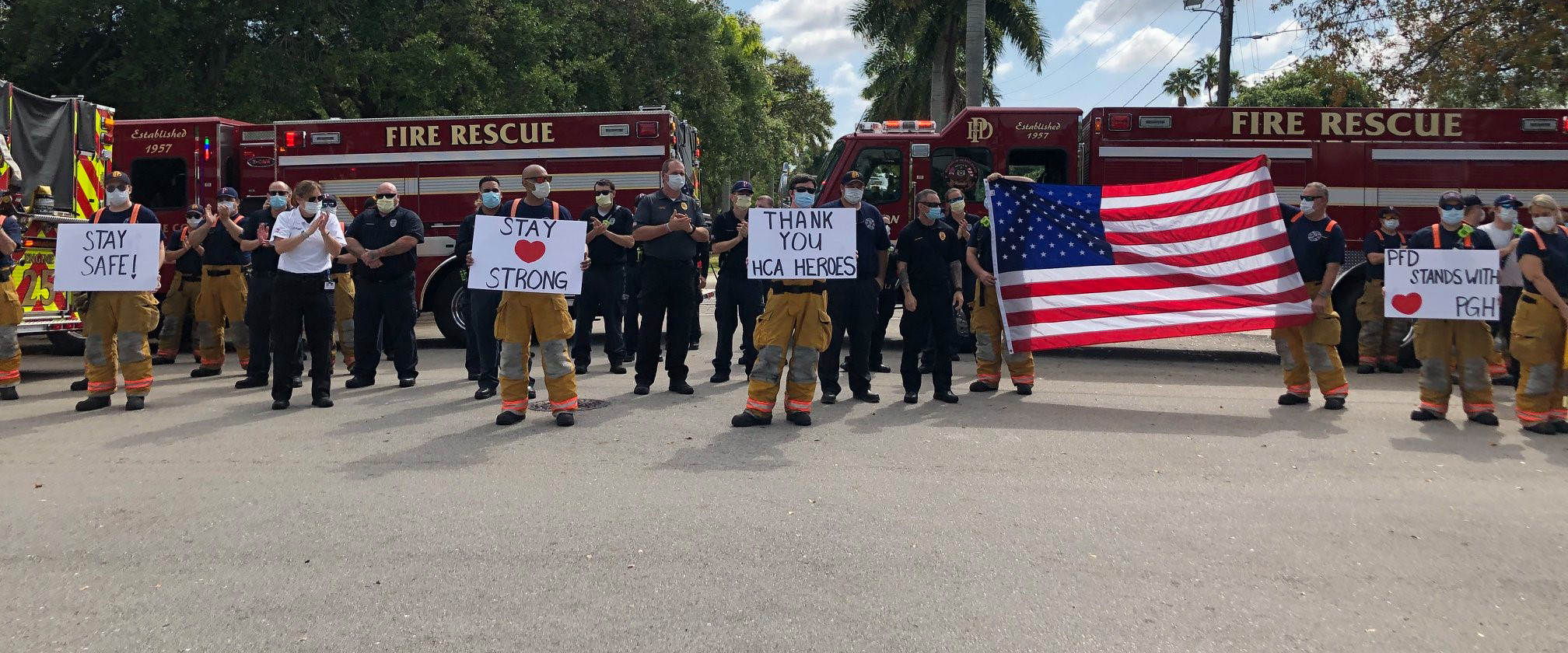The story of how Medical City McKinney rose to their high-quality standards is revealed in the data. Kerri Skarke, vice president of quality at Medical City McKinney, thinks of herself as a storyteller.
“I feel like my job is to help tell our story on quality and patient outcomes here at the hospital,” she says. “I take a look at lots of different metrics that are used publicly, as well as internally, to evaluate how well we are doing with quality of care for our patients.”
From there, she works with the teams in those areas to create sustainable plans for maintaining excellence for their patients in McKinney, Texas. Her team of nurses – whose duties include managing infection prevention, quality and patient safety – identifies what needs their attention and ensures that efforts are focused to effectively address any issues that may arise. They conduct audits to validate and ensure that their practices are working and hold weekly meetings to review metrics.
These efforts have already seen success within her hospital’s walls. The accomplishment Kerri is most proud of is their reduction of healthcare-associated infections (HAIs). After evaluating their enterprise-wide HAI ranking in 2022, the facility knew there was room for improvement. Over the course of the next year, Medical City McKinney rose to first place in the enterprise (out of more than 180 hospitals).
“We maintained that for four months in a row, which was huge because it really helped our team to see and know that the consistency in the care they were providing was effective,” she says.
They achieved this improvement with daily reviews of each patient who had lines, such as IVs and catheters, and determining if the lines were still needed. They had daily huddles with teams throughout the facility, including physicians, to discuss removing unnecessary lines from patients. That physician partnership is key. The physicians are supportive and now regularly discuss removing lines from patients to reduce their risk of infection.
The hospital also implemented line rounds with the infection prevention team to review lines and dressings in each patient’s room to ensure that they were clean and changed in a timely manner. If there is an infection, they trace its cause and figure out how to prevent it from happening again.
“We teach the teams right away to help make sure they understand what needs to happen and how important that is for that patient’s safety,” Kerri says.
Kerri explains that Medical City McKinney’s improvement and success were the result of building relationships, which led to better communication and, often, better problem-solving.
“I love my job and we have a great team here,” she says. “We believe in building relationships with physicians, the frontline staff and the nursing leaders in order to have strong communication. I believe those relationships also help people brainstorm and problem-solve.”


